Inbuilding RF solutions provide targeted coverage and capacity relief to specific areas which otherwise cannot be covered by the outdoor macro network. I have worked on numerous high-profile inbuilding solutions, one of which is documented below. I was the prime RF designer for this project from start to finish. This project had undergone accelerated build to meet an event deadline and was commissioned within one month of project initiation. A very brief overview of the project is abstracted below for your perusal. Please note that project identifiers have been changed and this abstract gives a glimpse of the extent of my activities.
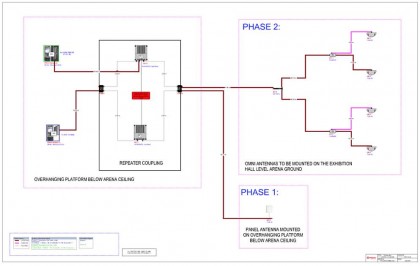
XYZ Coliseum is a large indoor stadium in Ontario, Canada. Project requirements were to improve inbuilding coverage before ABC event being held over the period of Mar 3rd to 11th, 2007. The project was initiated on February 8th, 2007 which left very little time for construction. Kick-off meeting was held on site with RF Engineering, represented by myself, along with Civil Engineering, Optimization, Sales, and Client to address the scope of work and possible methods for implementation. Based on discussion from the site visit and RSSI measurements, I performed an extensive RF study of the macro network and analyzed the link budget and pathloss for proper positioning of antennas. I designed the coupling and layout plan. Design margin was also accounted for in case of changes to the scope of work. I had specified the equipment costs as part of the project budget and had submitted to Planning and management for approval. At this stage, the project was evaluated for its business case.
Read More »
October 23, 2015 – 5:38 pm
The objective of this assignment was to observe the severity of change in the RF network between an unoptimized yet lightly loaded network in comparison to the same network with eight times the traffic. Live GSM traffic was collected from the BSC and assumed to be the baseline for initial WCDMA/HSPA traffic.
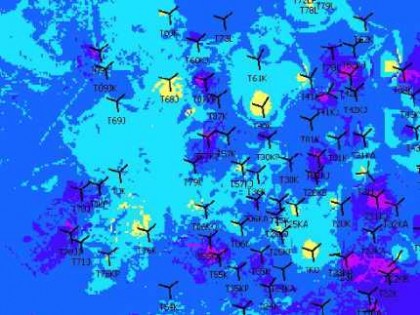
The live traffic was also asserted to Monte Carlo distribution for enhanced accuracy for predicted WCDMA/HSPA performance. The predictions use a mix of tuned and theoretical models. The assignment does not make any recommendations on optimization but clearly identifies the severity of change between an unloaded versus loaded network. Project identifiers, constants, and other details are censored and the attachment simply gives a basic idea of the rationale behind the analysis.
WCDMA Analysis Example
October 23, 2015 – 5:30 pm
The projects listed under this section (and it is a growing list when I find the time to update this section!) give a general overview of my work. However, it does not form a complete picture of all the various projects that I have been a part of. It would take simply too much time to filter through all of the various projects. Therefore, I have selected those projects that I thought were simple enough to be shared in ‘bite-size‘ without discussing all of the design details. Itadakimasu! Bon Appetite!

One of many site visits on a cold and windy rooftop in Toronto, Canada
January 1, 2009 – 5:53 pm
The objective of this project was to build a new cellular tower to enhance indoor/outdoor coverage and to alleviate traffic by introducing new 1.9GHz and 2.5GHz carriers to the area thereby improving capacity and to provide new high speed data services. As always, the project identifiers in this posting have been censored and this abstract serves simply to give a very brief overview of my involvement. I was designated the prime RF designer for this project from start to finish.
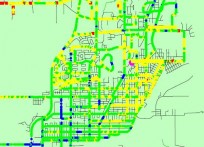
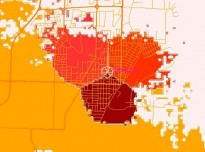
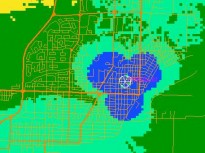
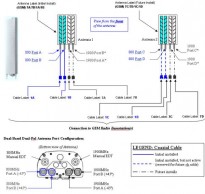
The area of concern resided in the downtown core where customer complaints were generated. Based on drive test data and computer simulation of the radio environment, I had devised the search ring for a new cellular site candidate. The leasing specialist was delegated to the project to find a candidate within the parameters of the search ring. Consequently, there were numerous locations found but had deviated away from the search ring. Further computer simulation of alternate locations were performed and compromises were documented and presented to Planning for concurrence.
Read More »
October 23, 2008 – 5:09 pm
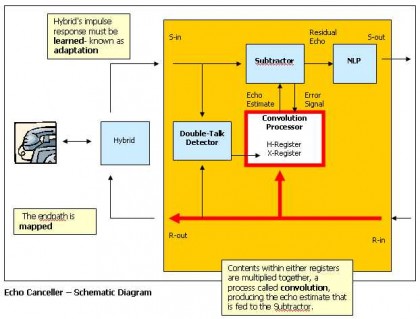
In the pursuit for greater call clarity, echo cancelers have been the center of recent development, and have now become highly sophisticated transmission equipment at the heart of highly complex networks. Effective implementation of echo cancellation across the network holds the key to improving call quality and ultimately, strengthen customer satisfaction, boost revenues, and reduce subscriber churn.
Powerpoint Presentation
October 20, 2008 – 8:54 pm







